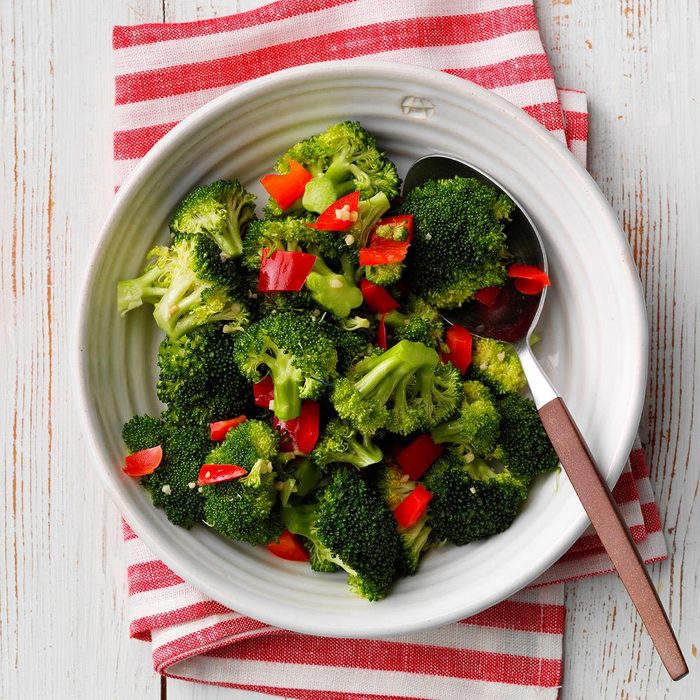
Eat: Broccoli
What can diabetics eat? Broccoli! It’s low in calories and carbs and packs some serious vitamins and iron. Eating broccoli can also help to lower insulin levels, so load up with this veggie by making this Broccoli, Cauliflower and Leek Soup.
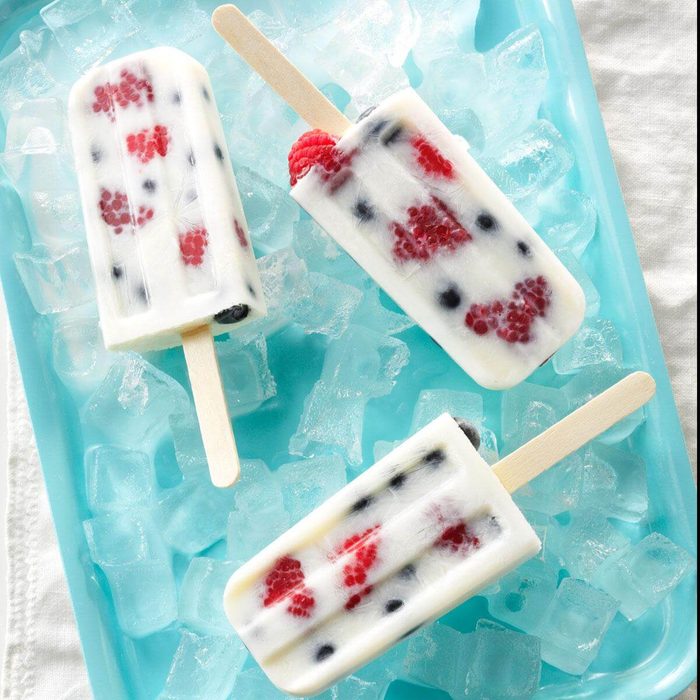
Eat: Berries
Missing dessert? Treat yourself with a cup of naturally sweet berries. They are rich in fibre and low in sugar to help control your blood sugar. They are also high in antioxidants and vitamin C. Satisfy that craving for sweets with these homemade berry popsicles.
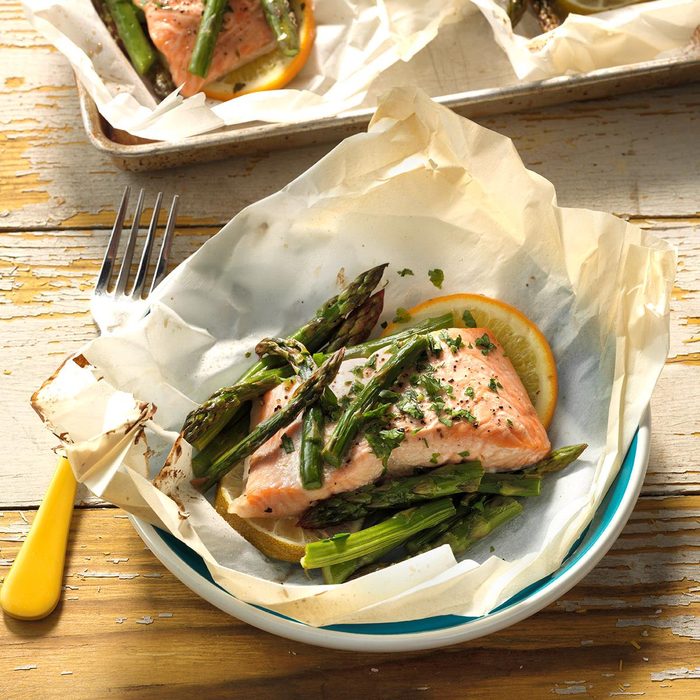
Eat: Salmon
Canada’s Food Guide recommends eating 2 servings of fatty fish per week. The omega-3 fatty acids in salmon help keep your arteries healthy and clear. Top your spinach salad with grilled salmon or enjoy these Smoked Salmon-Stuffed Cucumber Rolls as a light appetizer.
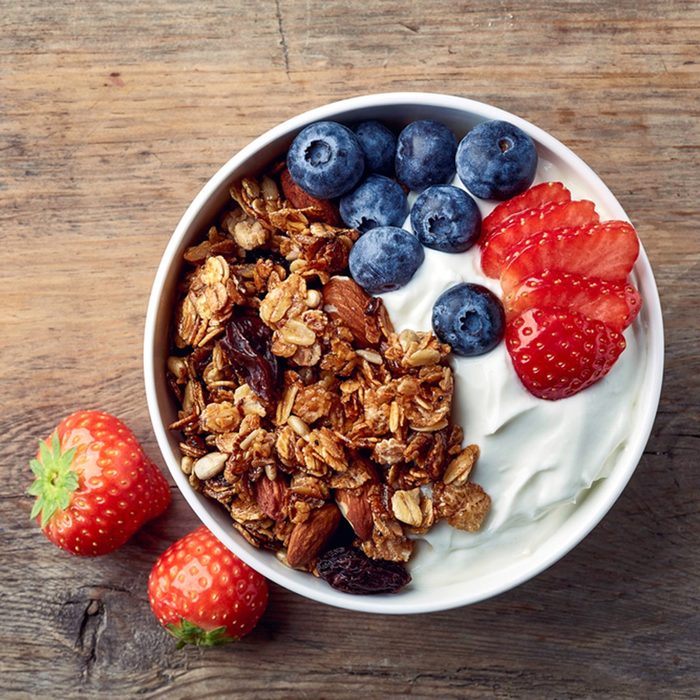
Eat: Greek Yogurt
If you’ve been missing ice cream, try eating one cup of Greek yogurt instead. Greek yogurt is loaded with protein to help keep you full, as well as calcium and vitamin D. Look for Greek yogurt without added sugar and kick it up a notch with fresh berries and cinnamon.
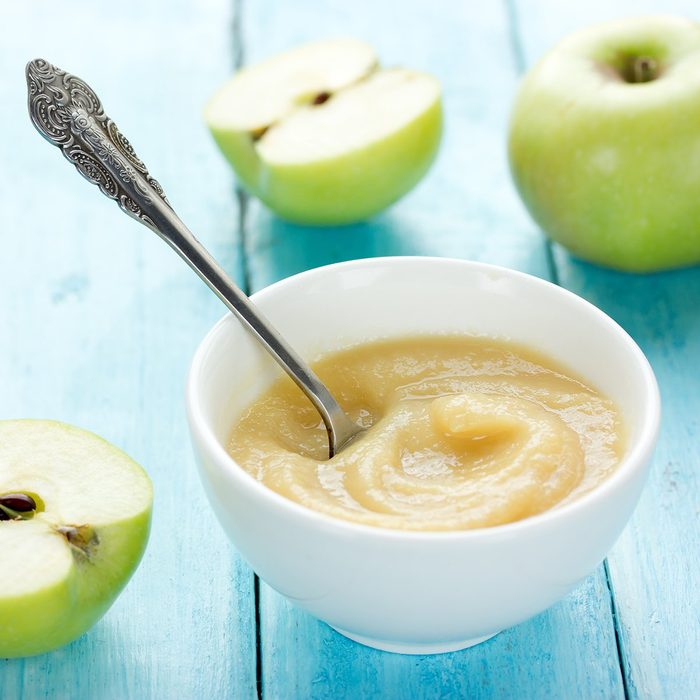
Eat: Applesauce
If you love to bake, applesauce is your new healthy secret weapon. While it is high in natural sugars, it’s a great substitute for sugar, brown sugar and even butter in your dessert recipes.
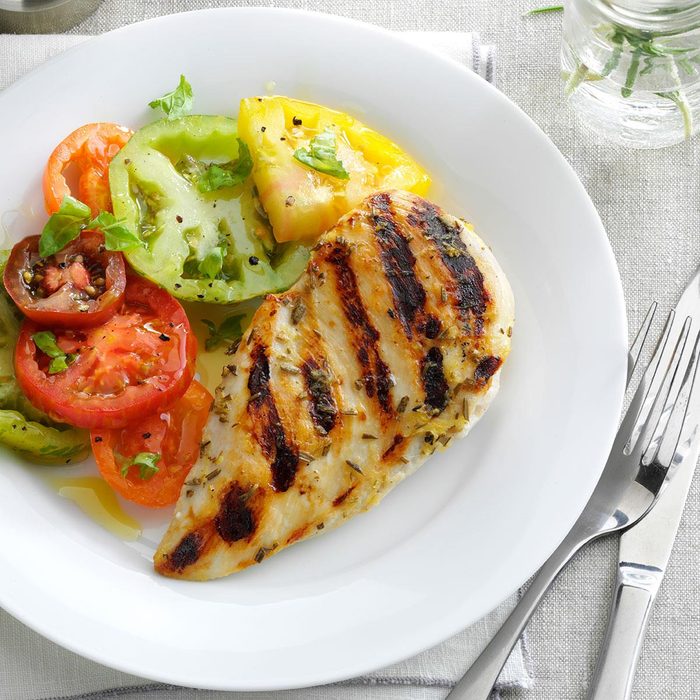
Eat: Chicken
Try grilling fresh chicken breasts this weekend to have on hand for quick and easy lunches; aim for 3 ounces per serving. Then use it as a protein-packed salad topper or whip up these easy Chicken Salad Endive Boats.
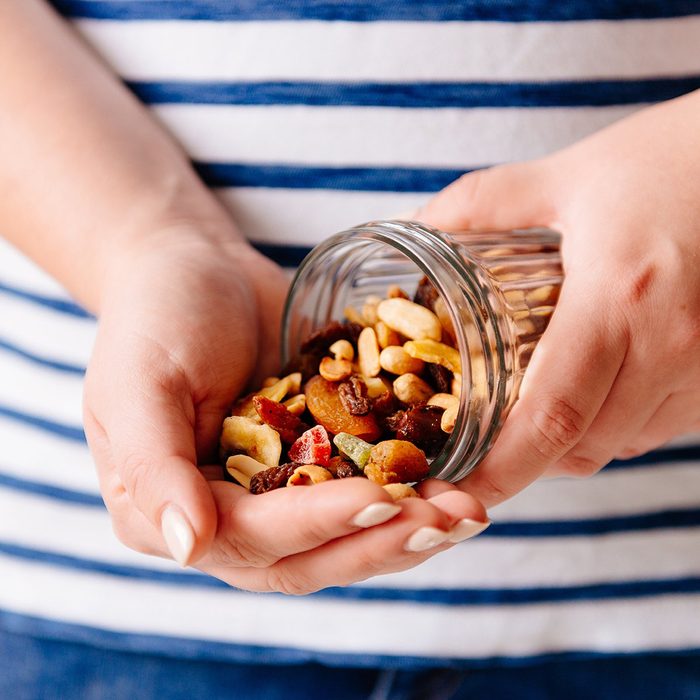
Eat: Nuts
Lightly salted nuts like almonds or cashews are a satisfying, crunchy snack perfect for diabetics. Their protein and healthy fats keep you full and keep your blood sugar stable. Just watch the portion sizes; aim for one-half ounce homemade trail mix or 2 tablespoons of nut butter.
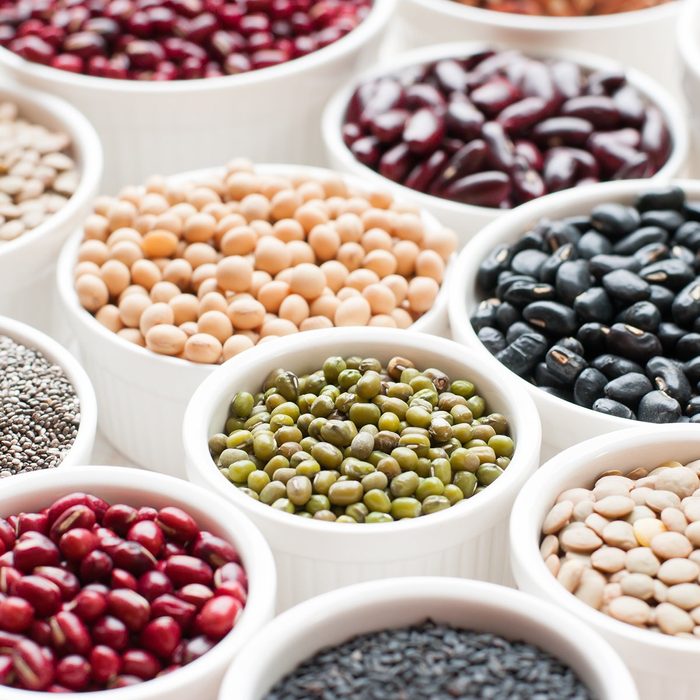
Eat: Beans
Slash calories and saturated fat by eating beans instead of meat. This grilled bean burger contains as much protein as beef, but with more fibre and other nutrients. Beans contain carbs, so limit your portion to about one-quarter cup. If you’re using canned beans, rinse them first to avoid unnecessary salt.
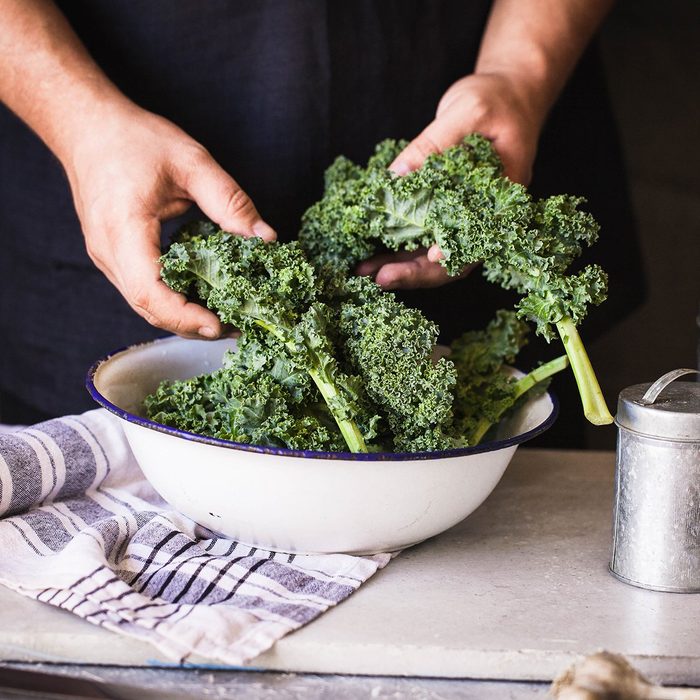
Eat: Kale
Leafy greens like kale can add some serious benefits to just about any meal. Kale is rich in vitamin C, calcium and potassium while being low in calories and carbs. Two cups of kale will keep you full and healthy. Not so sure about the taste? Try tossing it in a smoothie or baking these Lemon Sea Salt Kale Chips.
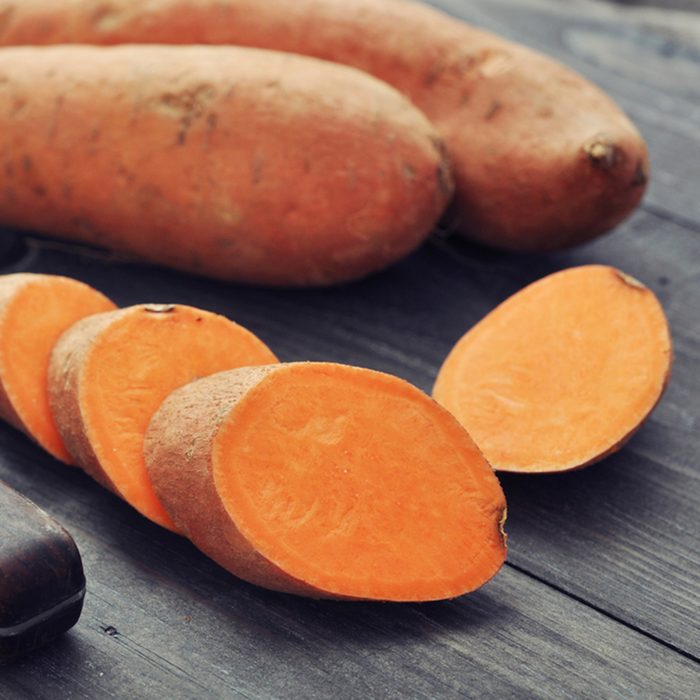
Eat: Sweet Potatoes
Skip the marshmallow-topped, brown sugar-packed casseroles at Thanksgiving, and roast your own sweet potatoes for a vitamin-packed snack. One cup of roasted sweet potatoes is rich in vitamins A and C, as well as potassium. Try any of these healthy sweet potato recipes.
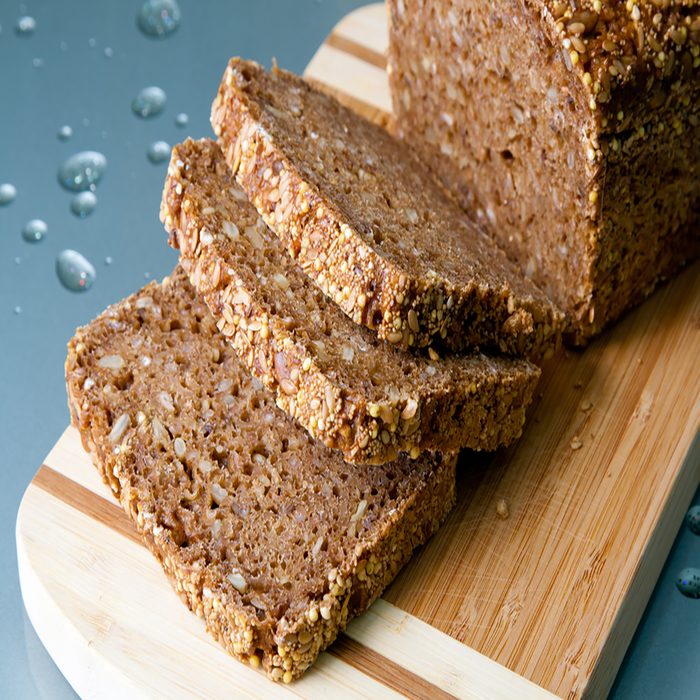
Eat: Whole Grains
You don’t have to fear bread, as long as you choose a healthy variety. One slice of whole wheat bread is rich in iron and folate; it’s also high in fibre to help regulate blood sugar. Ezekiel bread is a healthy option, too. (Make this open-faced tuna sandwich for a healthier lunch option.)

Drink: Water
Well, you knew this one was coming! We all need at least 8 glasses of water each day to stay hydrated; in fact, becoming dehydrated can lead to sugar cravings.
What can diabetics drink besides water? Unsweetened coffee and herbal teas are a great option. But skip the diet sodas, though. What they lack in calories, they make up for in artificial sweeteners and chemicals.

Skip: Sugary Drinks
We all need an indulgence every once in a while, but if it comes with a string of sugary ingredients, pass. Drinks like soda, energy drinks and fruit punch spike your blood sugar with just a small serving. Without protein and fibre to slow down your response to the drink, your blood glucose will soar, then come crashing down. Instead, opt for natural drinks like infused water.

Skip: White Bread
White bread is different than whole grain or whole wheat bread because it has been stripped of its nutrients. Without natural fibres, eating a slice of white bread is almost like eating straight sugar. Always opt for whole grains or try wrapping your lunch sandwich in lettuce.
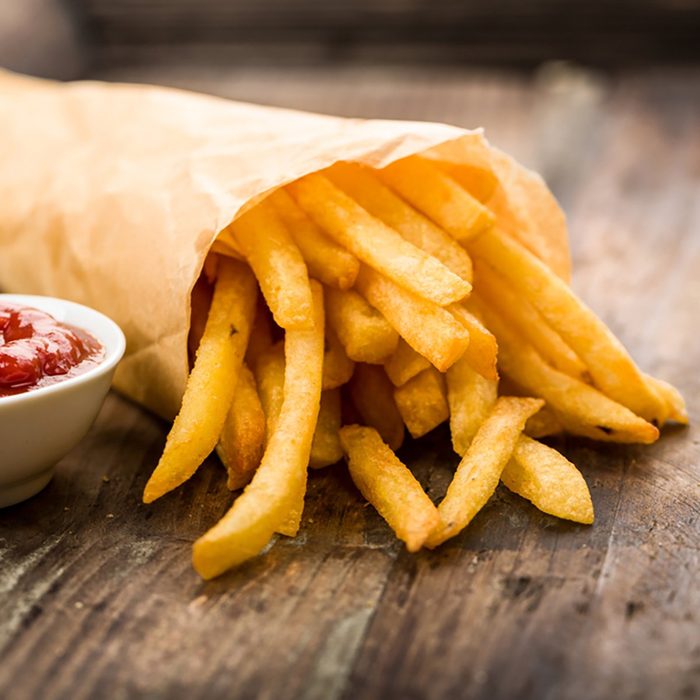
Skip: Starchy Vegetables
Not all veggies are created equal; starchy vegetables like white potatoes can lead to blood sugar highs and lows. Fortunately, there are loads of healthy (and more flavourful) substitutions. Try mashed cauliflower to cut back on greasy fries and buttery mashed potatoes. Your blood glucose and your taste buds will thank you.
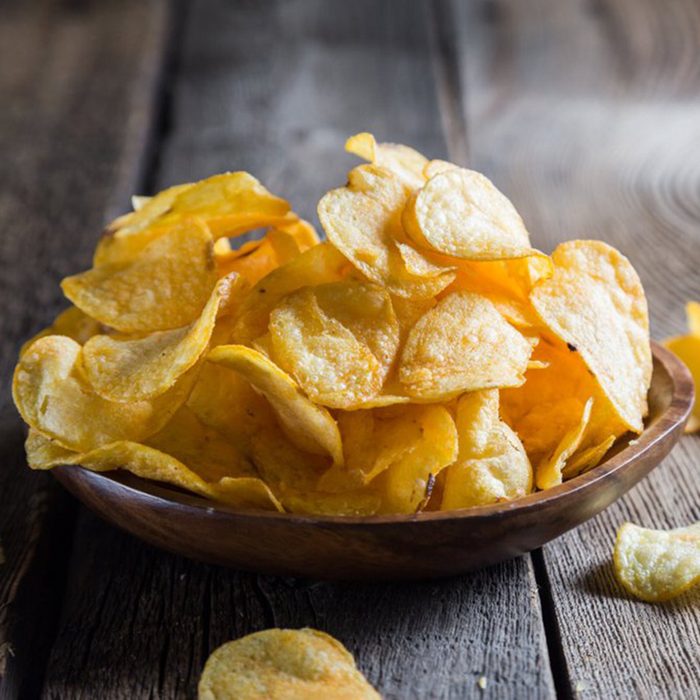
Skip: Processed Foods
When grocery shopping for light and yummy diabetic-friendly recipes, stick to the perimeter of the store where all the fresh produce, lean proteins and low-fat dairy are. Once you start walking down the aisles full of processed crackers, chips and cookies, you’re in store for more calories, carbs and sugar.

Skip: Alcohol
Mocktails anyone? Drinking alcohol can put you at risk of low blood glucose, so it’s best to always drink in moderation. Never drink on an empty stomach and stay mindful of how many carbs are in each drink. Keep healthy snacks nearby and be sure to check your blood glucose level before going to bed after having cocktails with friends.
Next, learn how to manage type-2 diabetes with exercise.
